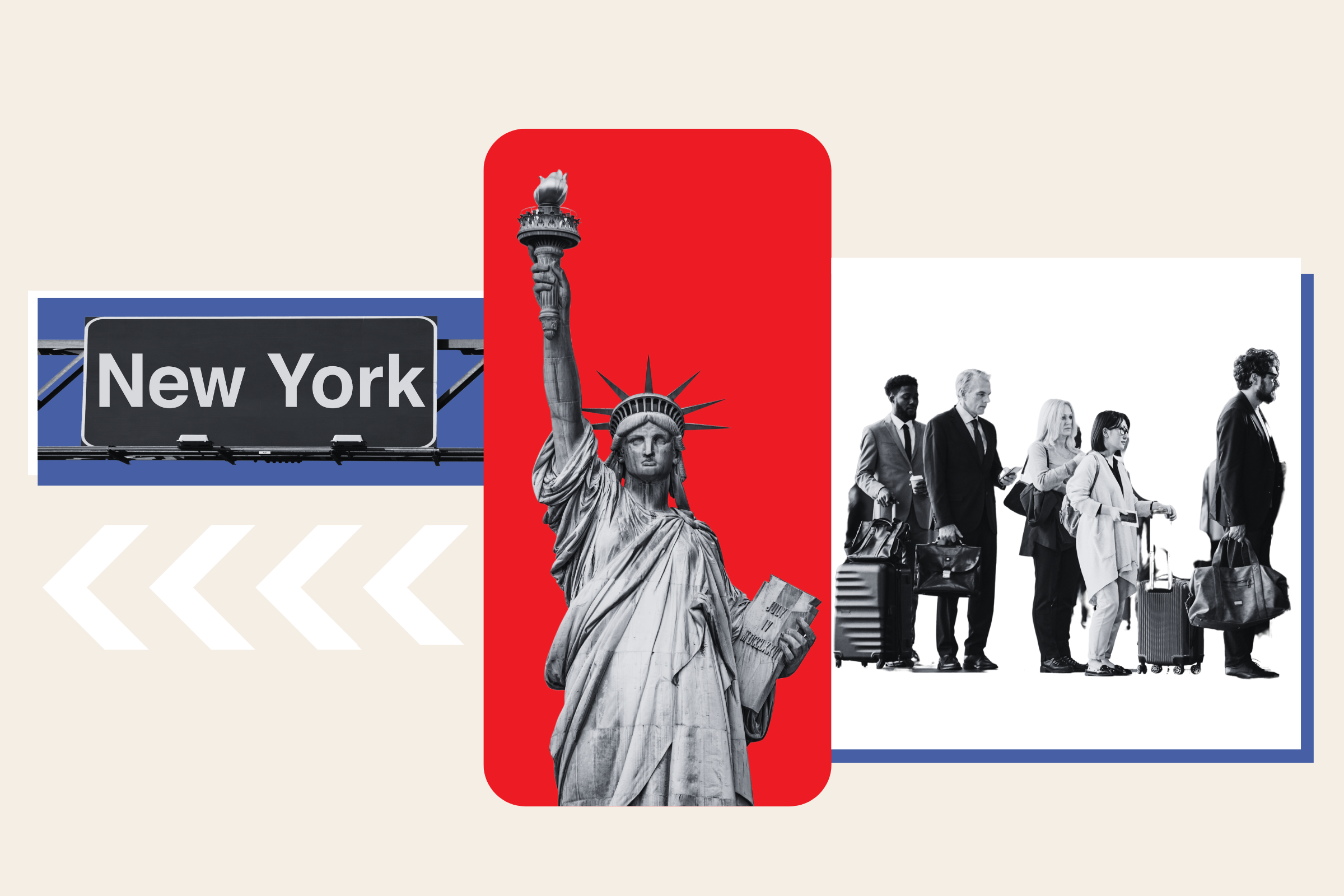Before the housing and credit bubbles popped, Barry Ritholtz, a lawyer turned blogger and money manager, was one of the voices crying in the wilderness. His caustic (and occasionally profane) blog, The Big Picture, dissected macroeconomic news and relentlessly cut through spin. His book, Bailout Nation: How Greed and Easy Money Corrupted Wall Street and Shook the World Economy (Wiley), takes a long view of the roots of the economic crisis, tracing the history of a series of ever more expensive taxpayer-funded bailouts of failed industries. He spoke with NEWSWEEK's Daniel Gross. A podcast of their conversation can be heard here. Excerpts:
Gross: Most people who talk about the first bailouts go back to the savings-and-loan crisis in the 1980s. But your book starts with a bailout of a nonfinancial firm in 1971. Tell us about Lockheed.
Ritholz: In 1971, it was the middle of the Vietnam War, and Lockheed was a major defense contractor that through a combination of bad planning and some strategic errors had overextended itself. Companies like this knew how to work themselves through the D.C. bureaucracy, and so they decided that rather than go through a Chapter 11 bankruptcy that they would ask for government-guaranteed loans. They originally asked for $600 million and ended up getting $250 million. It was unprecedented. The debate was raucous. And once this passed—and it just squeaked by—it really opened the doors for future bailouts. One of the themes you see every bailout is "this is critical," or "the system will fall apart if this dies." Lockheed was "a critical supplier of defense components." Chrysler was "a critical part of the national economy." If they were allowed to die, who knows what would happen?' Actually, we do know what would happen because companies die all the time; it's really not that big a deal. People move jobs, the suppliers readjust, and wherever we had excess capacity, it gets put to work more productively in another place.
The big change we get in the '80s is that bailouts go from being of old industries to the financial-services industry.
In the 1950s, manufacturing and heavy industry was about 30 percent of GDP, and when you looked at it as a percentage of the S&P 500 profits, it was very significant, and the financial services were 10 percent. Go forward half a century, and suddenly 21 percent or so of GDP is related to insurance, credit cards, mortgages, Wall Street, the whole banking sector. But the financial-services industry didn't really need Congress and politically elected people to do bailouts. It had the Federal Reserve.
You make an interesting point that Federal Reserve chairman Alan Greenspan had this tremendous belief in the power of markets to self-regulate because people were rational actors. And yet, you write that he was frequently reacting to psychology. How do you square those two?
Well, you can't. It's obviously a contradiction. Look, we know from the studies and the Nobel Prizes given out recently that human beings aren't extremely rational. We engage in all sorts of analytical foibles and errors, and our wetware is flawed. To his credit, Greenspan actually admitted there was a flaw in his philosophy. But history speaks for itself. But we had a huge amount of deregulation, repealing Glass-Steagall, done at the behest of Citibank, and the Commodities Futures Modernization Act, done at the behest of AIG and Enron.
The five biggest banks went to the SEC and got the limits on how much leverage they can use lifted. The idea was: we're big boys; we can handle this ourselves. And look what happened. The idea that people are rational, that even the best corporate executives at the biggest, wealthiest financial firms know what's in their own best interest, that's just false. We're slightly clever, pants-wearing primates. It's like taking a bunch of monkeys and putting a big pile of bananas in a room and saying, "Now, don't eat all the bananas. You need one a day for the next 90 days." Well, you come back three days later and there are no bananas left.
I don't know why this image of the monkeys with bananas makes me think of CNBC.
Unfortunately, some of the advice that has come from all the financial media has just not been cognizant of risk. There's an old quote that the role of the Federal Reserve is to pull away the punch bowl when the party is getting good. And the financial media—not across the board, I don't want to paint with too broad a brush, but somewhere in the neighborhood of 80 percent—was spiking the punch.
You focus a lot on fraud and criminality.
Well, there were immense amounts of fraud both on a minor level and on a wholesale level. It starts out with predatory lending, which was really a minor issue in what happened to the bailouts. But it happened with the mortgage brokers, the appraisers, the real-estate agents. From the sleaziest fly-by-night outfit to the biggest banks, everyone had a finger in this. At Chase—now JPMorgan Chase—there was an internal memo advising people how to beat the in-house automated mortgage-approval system. The people who were in the bank had figured out a way to tweak the inputs in order to get a bad applicant approved for a mortgage.
You use the term "nonfeasance" to refer to what the regulators as a class were doing. What do you mean by that?
If you are a crossing guard and you decide to take a break and a bunch of schoolkids get run over by a bus, that's nonfeasance. You can't abandon your post. But essentially that's what the regulators did. Time and again there were opportunities for people to respond to what took place. But they didn't act.
You tally the costs of "bailout nation," and it rises into the trillions. But when we've had bailouts in the past, sometimes we end up being surprised that the ultimate cost ends up being less than projected. We're already starting to get the Troubled Asset Relief Program repaid with interest. So couldn't the ultimate cost be less than we think?
Yes, it's certainly possible. Remember, there are a number of costs that are involved. There's the actual out-of-pocket cost, that's No. 1. So if we put $125 billion into a variety of banks in order to give them capital, we'll see a chunk of that. But there's more. You're making these purchases under duress, and there's the cost of encouraging this behavior in the future. One of the examples I used in the book is that after the Federal Reserve provided $29 billion to JPMorgan to buy Bear Stearns, Lehman Brothers was given the opportunity to have an investment by none other than Warren Buffett. Lehman turned him down. You have to wonder how much of that decision was impacted by a mindset that figured they were bigger than Bear Stearns, so the Fed would bail them out, too. Then there's the last issue of what could we have done with that money elsewhere? We could have used that money to repave every road and rebuild every school in the country and give the entire country health care.
That would be socialism, Barry.
My favorite line that came out of all these bailouts—and remember, most of this nationalization took place not under the Obama administration but under the Bush administration—is that Bush and his people came into office as social conservatives and left office as conservative socialists.
Uncommon Knowledge
Newsweek is committed to challenging conventional wisdom and finding connections in the search for common ground.
Newsweek is committed to challenging conventional wisdom and finding connections in the search for common ground.





